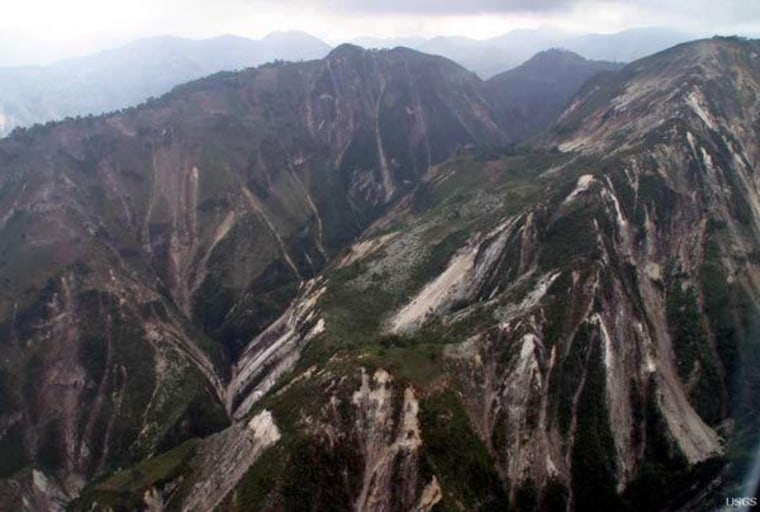Hurricane Tomas intensified overnight on Thursday (Nov. 4), and the now Category 1 storm is bearing down on Haiti, an earthquake-ravaged country where more than 1 million people are still living in tents.
Yesterday afternoon, as the wind picked up and offices closed early in Port-au-Prince, the nation's capital, aid organization World Vision's Karen Robinson said her group was preparing for the onslaught.
In the camps scattered around the capital city, Robinson told OurAmazingPlanet, "we're trying to tie down things that can be projectiles, strapping down water tanks and latrines, and we're trying to help people identify places where they can be safe."
Safe places are in alarmingly short supply. Many Haitians have nothing more substantial than canvas and tarps and twine as shelter in the face of the approaching hurricane, which is packing maximum sustained winds of 85 mph (135 kph).
But while the strong winds pose a great danger, it's the 15 inches (38 cm) of rain predicted for some mountainous areas that is causing nearly equal worry for some who are concerned about landslides, which are killing an increasing number of people in Haiti.
"A lot of that relates to deforestation," said Robinson, the quality assurance director for World Vision's earthquake response team. "About 2 percent of the country's forests are left."
"Haiti and the Dominican Republic occupy the same island, but Haiti has much bigger landslide problems, because the Dominican Republic has most of its forests," said David Petley, the Wilson Professor of Hazard and Risk at Durham University in England.
Petley and Robinson said much of the Haiti's forests have been destroyed because poverty-stricken residents have taken the trees for firewood, and not just in rural areas.
"It's quite common in the cities as well," Robinson said. "Upper classes will have regular stoves and ovens, but that's really only a small number of the population."
"Deforestation is the major contributor to landslide events," Petley said, "primarily because the vegetation both protects the soil against rainfall, and the tree roots bind the soil together, so when you remove all the trees, which has happened on many hills in Haiti, you increase the landslide risk."
Petley said the 7.0-magnitude earthquake that rocked Haiti in January, killing more than 200,000 people, only compounded the problem, because the violent shaking loosens the soil, further increasing the risk of landslides. That looser soil stands less of a chance of withstanding the storm's torrential rains.
"The period of the most intense rainfall is when you'd expect to see most landslides happen," Petley said.
It's raining now (Nov. 5) in Haiti, forecasters said.
"They've had a lot of heavy rain," said the National Hurricane Center spokesman Dennis Feltgen, "it's still falling, and there's still more to come."
